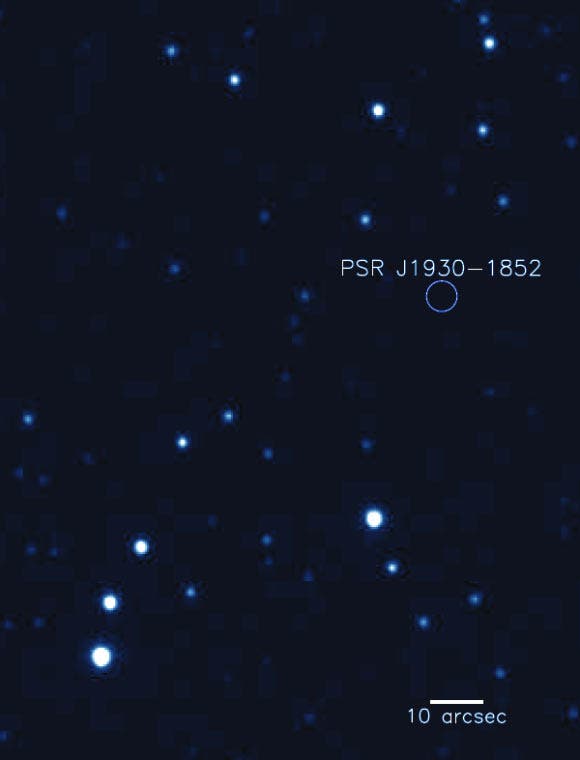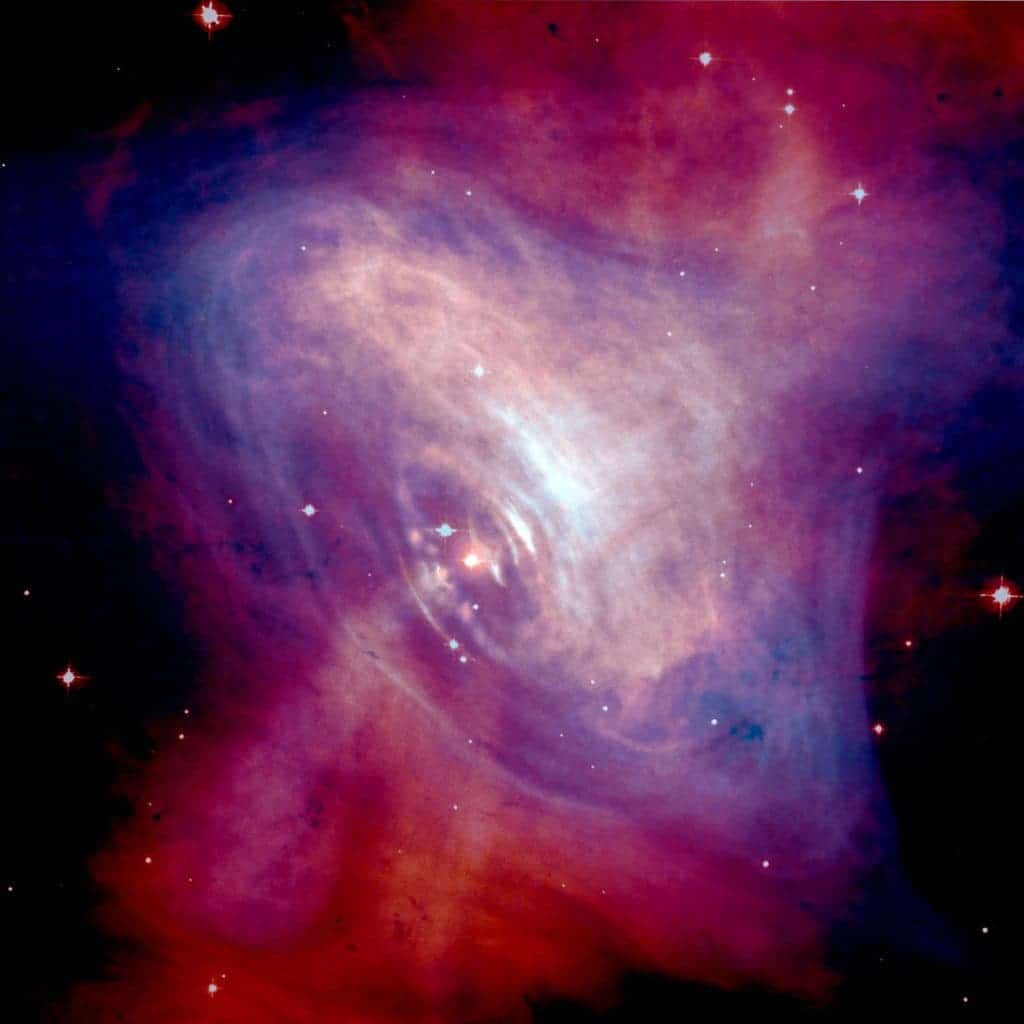Highschool students analyzing data obtained with the 100-meter Robert C. Byrd Green Bank Telescope have discovered an exotic pulsar with the widest orbit known to date.

Pulsars (pulsating radio stars) are some of the most spectacular things in the known Universe. They are basically highly magnetized, rotating neutron stars that emit beams of electromagnetic radiation. This radiation can be observed when the beam of emission is pointing toward the Earth, much the way a lighthouse can only be seen when the light is pointed at the observer. The precise periods of pulsars make them useful tools.
The lead author and graduate student in physics and astronomy at West Virginia University in Morgantown, Joe Swiggum, explains:
“Pulsars are some of the most extreme objects in the universe.” And the findings made by the high school students are very exceptional because they were able to spot the object in a very rare circumstance and occurrence.
About 2,300 pulsars are known to astronomers, and about 10% of them are in binary systems, accompanied mostly by white dwarfs. However, the newly-discovered pulsar, PSR J1930-1852, is part of a binary system which includes a neutron star.

“Given the lack of any visible signals and the careful review of the timing of the pulsar, we concluded that the most likely companion was another neutron star,” Swiggum added.
This is special for two reasons – first of all, few pulsars are known in a binary system with a neutron star. Second of all, this pulsar has a much wider orbit than other known ones.
“Its orbit is more than twice as large as that of any previously known double neutron star system,” said Swiggum, who is the first author of a paper accepted for publication in the Astrophysical Journal (arXiv.org preprint). The pulsar’s parameters give us valuable clues about how a system like this could have formed. Discoveries of outlier systems like PSR J1930-1852 give us a clearer picture of the full range of possibilities in binary evolution.”






